Travel back to the Ming dynasty at Beijing’s new Mandarin Oriental hotel
Mandarin Oriental Qianmen merges traditional culture with contemporary needs in a 600-year-old historical building complex
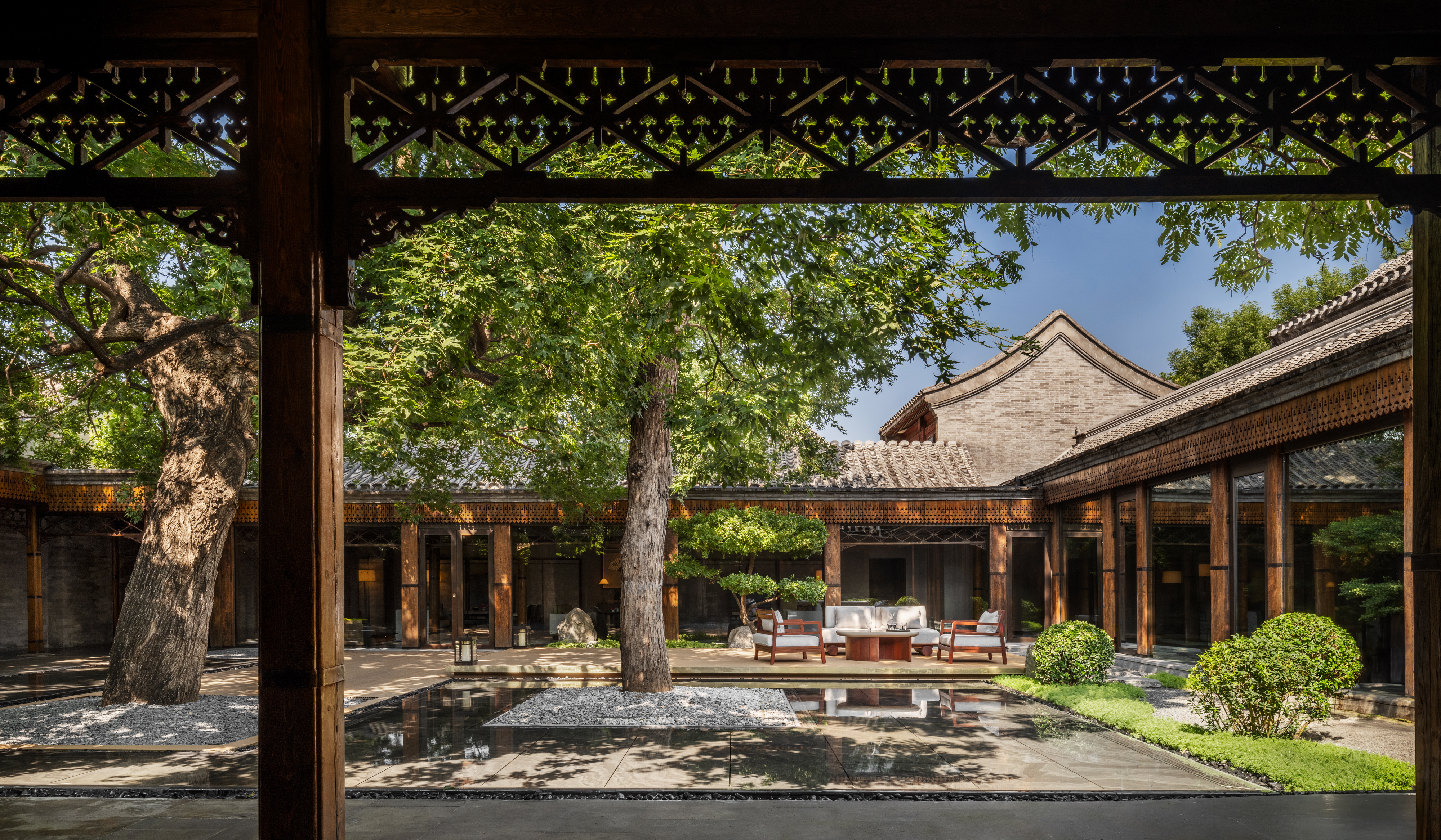
Many luxury hotels tout their uniqueness, and while they often excel in various areas – be it location, spacious suites, or extensive wellness offerings – it's rare to find one that truly redefines the concept of hospitality. The newly opened Mandarin Oriental Qianmen in Beijing accomplishes just that. The hotel breaks away from traditional norms; for starters, instead of typical hallways and corridors leading from the lobby to the restaurants and guest rooms, it offers an open, interconnected space in touch with its storied surroundings.
Tour Mandarin Oriental Qianmen, Beijing
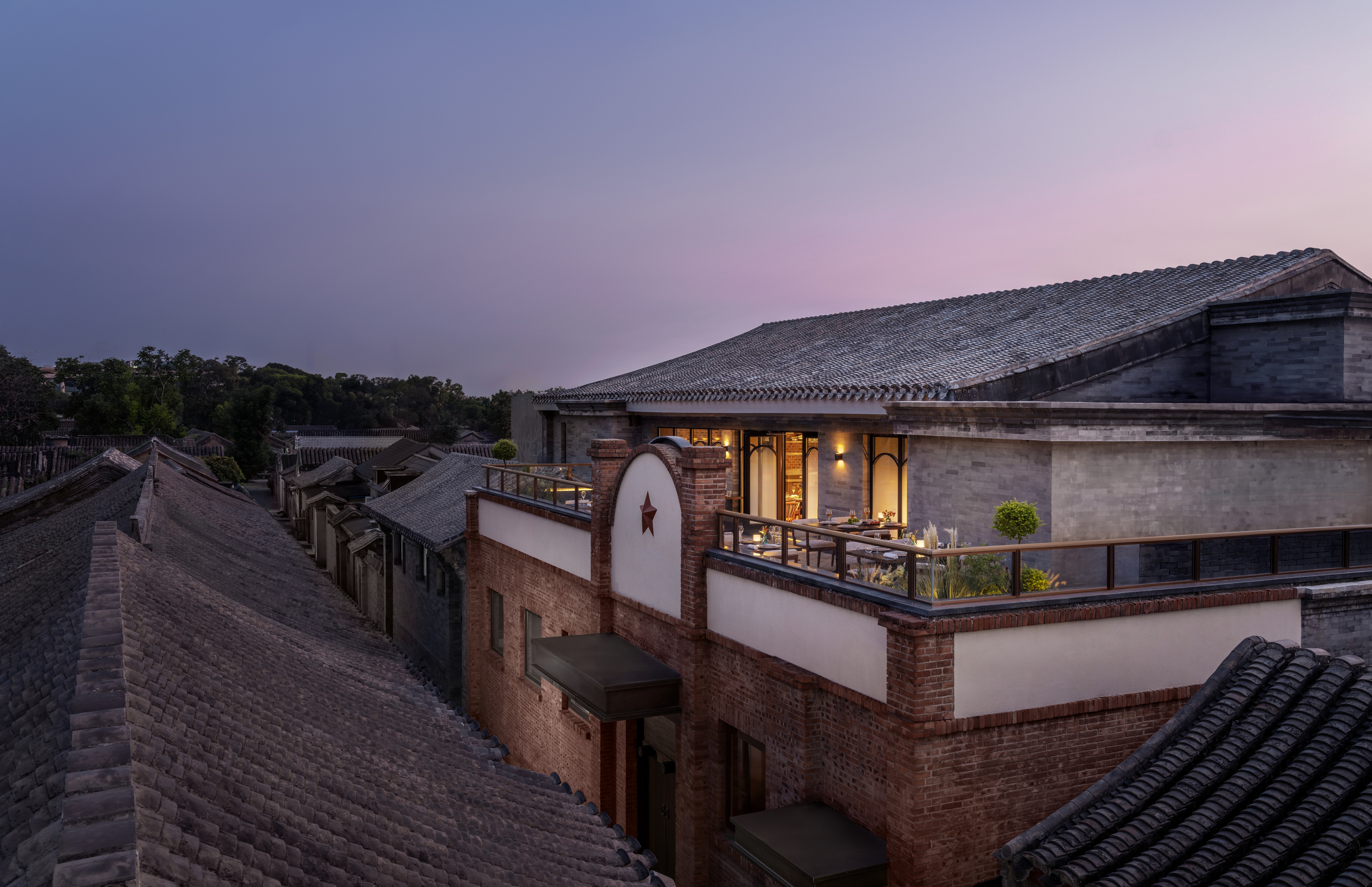
As guests step out of their rooms, which take the form of individual courtyard houses scattered throughout the hutong (or laneway), they are immediately immersed in the vibrant daily life of one of Beijing’s most historic residential areas – neighbours could just as easily be long-standing families who have lived there for generations as they could be fellow travellers.
A joint venture between the government and Mandarin Oriental, the hotel took more than eight years to complete. Joe Cheng, founder of Hong Kong-based design firm CCD, says: ‘The biggest challenge was to strike a balance in protecting the original buildings and the hutong’s charm while making improvements to municipal facilities.’ This included repaving stone alleys, upgrading public toilets, and burying unsightly power lines. ‘We restored and reused every brick and tile of the original buildings,’ adds Cheng, who highlights how 90 per cent of the original structures were retained.
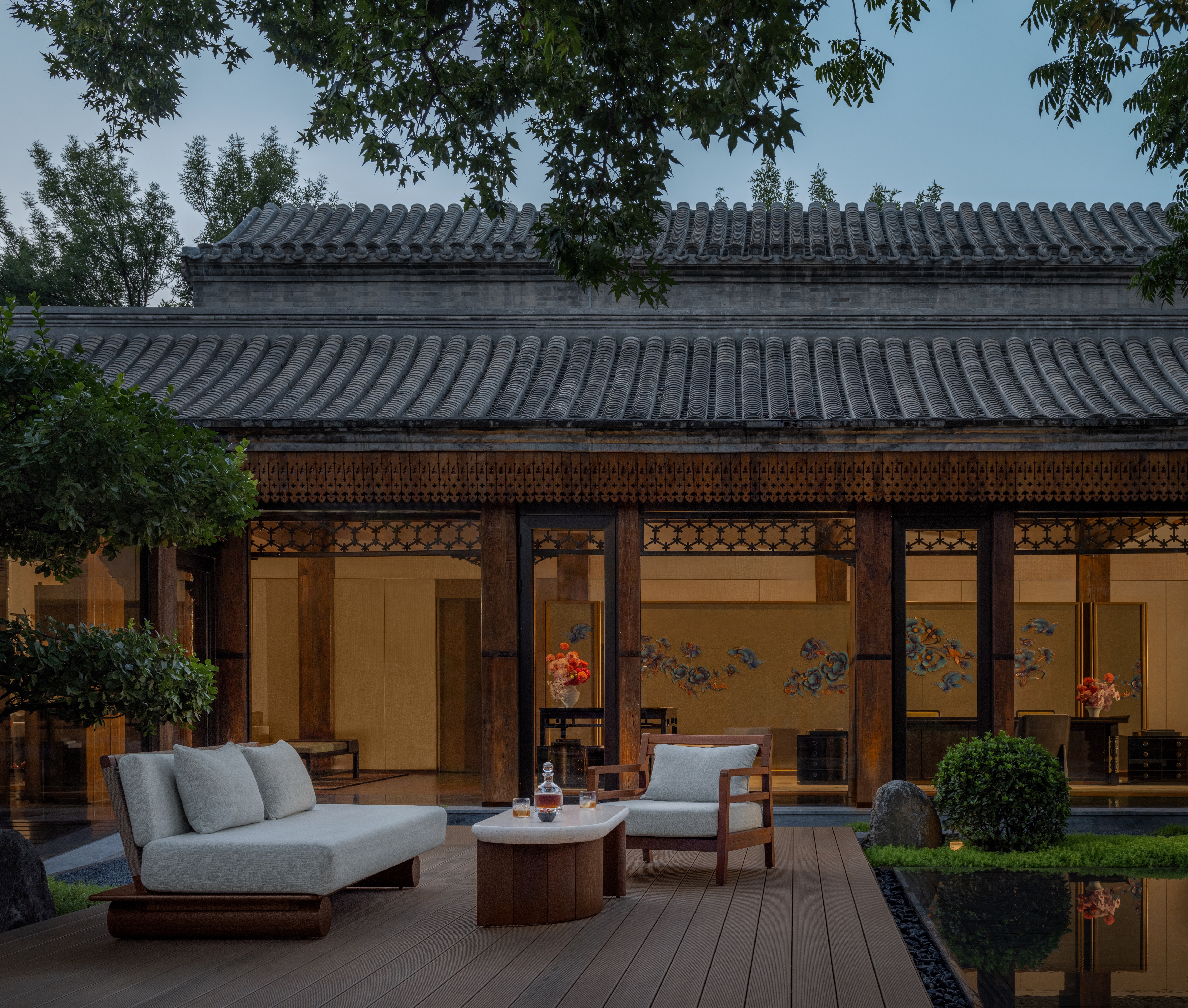
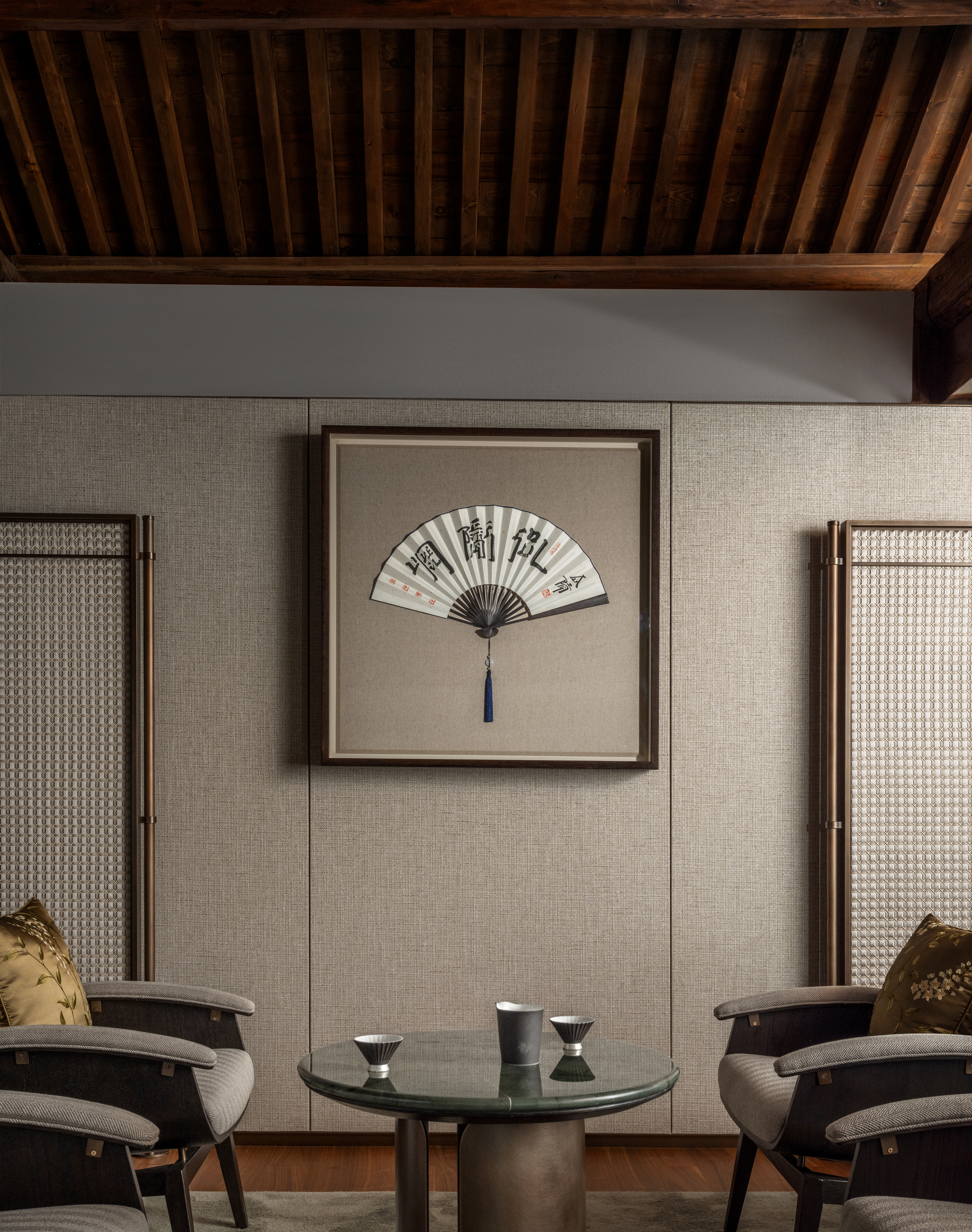
The hotel’s signature fan created by contemporary artist Xu Bing
The result is an exceptional display of imperial design, craftsmanship, and traditional living that dates back 600 years to the Ming Dynasty, enhanced by modern elements. Guests enter the lobby through wooden gates flanked by a pair of stone drums leading into a quadrangle siheyuan courtyard. Here, a reflection pond beautifully frames a century-old maple and a Chinese mahogany tree.
The reception room features green inkstone and hardwood timber flooring highlighted by an ebony and brass scholar-style desk, which is set against an impressive eight-metre-long lacquer and cloisonné floral screen designed by artists Shen Jinly and Shi Jun. Contemporary artist Xu Bing has created the hotel’s signature fan, which features his unique square-word calligraphy that reads, ‘Unveil Beijing’s soul’.
Each of the 42 distinct rooms, varying in size and layout, features private courtyards, high ceilings, glass walls, and separate living and sleeping areas.

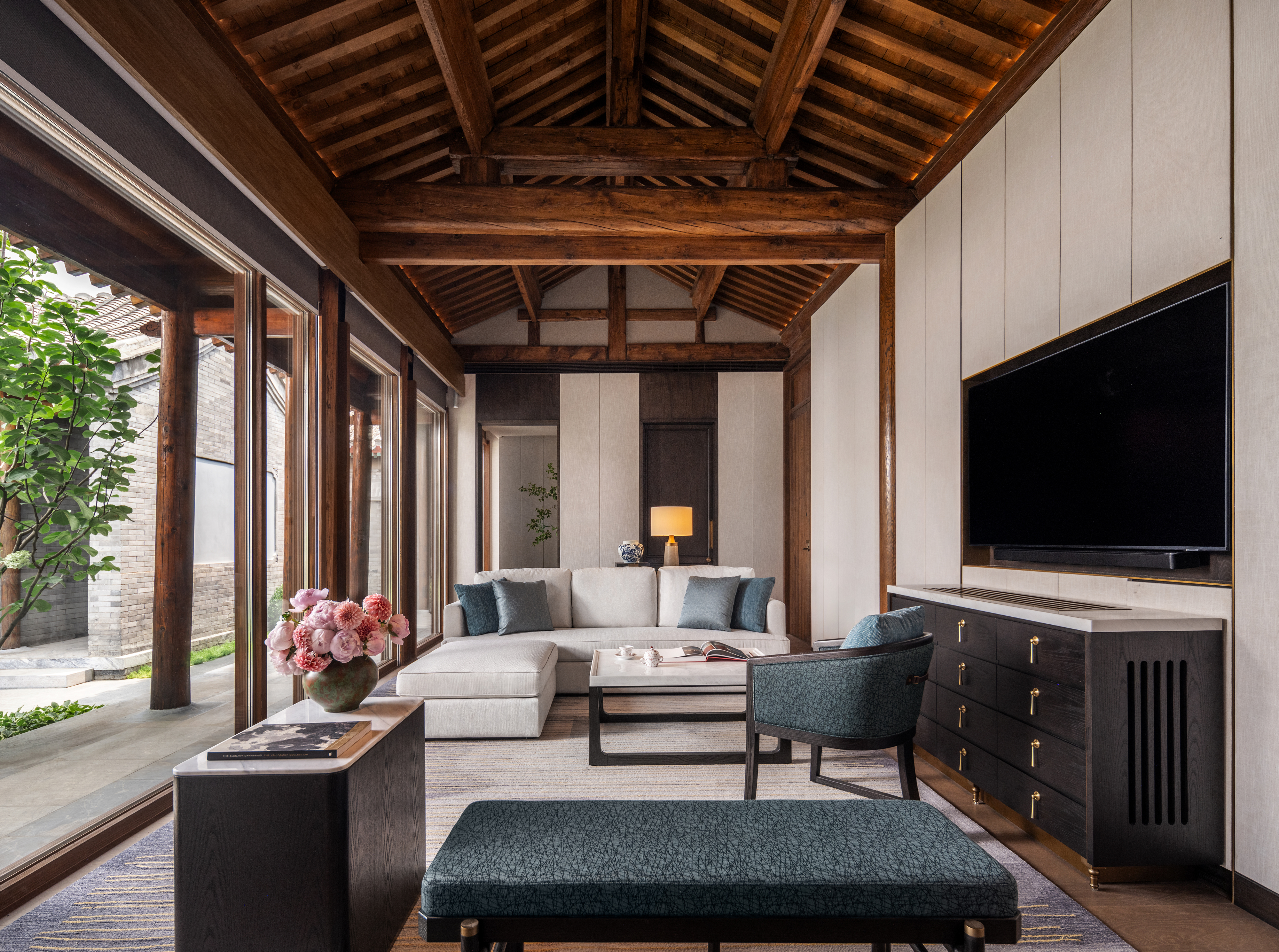


On the food front, the two-storey Tiao bar has emerged as a popular hotspot, often drawing long queues on numerous evenings. The flagship Chinese restaurant, Yan Garden, helmed by chef Bai, sprawls across a series of courtyard dining rooms, where diners can feast on the likes of crispy pigeon or pan-fried blue lobster. Another venue, Vicini, morphs from breakfast workhorse to refined Italian stallion at lunch and dinner, with an upstairs terrace providing excellent views of the surrounding rooftops.
Wallpaper* Newsletter
Receive our daily digest of inspiration, escapism and design stories from around the world direct to your inbox.
The wellness centre includes a spa, 24-hour fitness centre, and meditation maze. It’s worth, however, simply wandering the hutongs like the locals do, or exploring nearby Unesco World Heritage-listed landmarks such as the Temple of Heaven and Forbidden City. It’s then that you really get a sense of just how radical the new Mandarin Oriental Qianmen is.
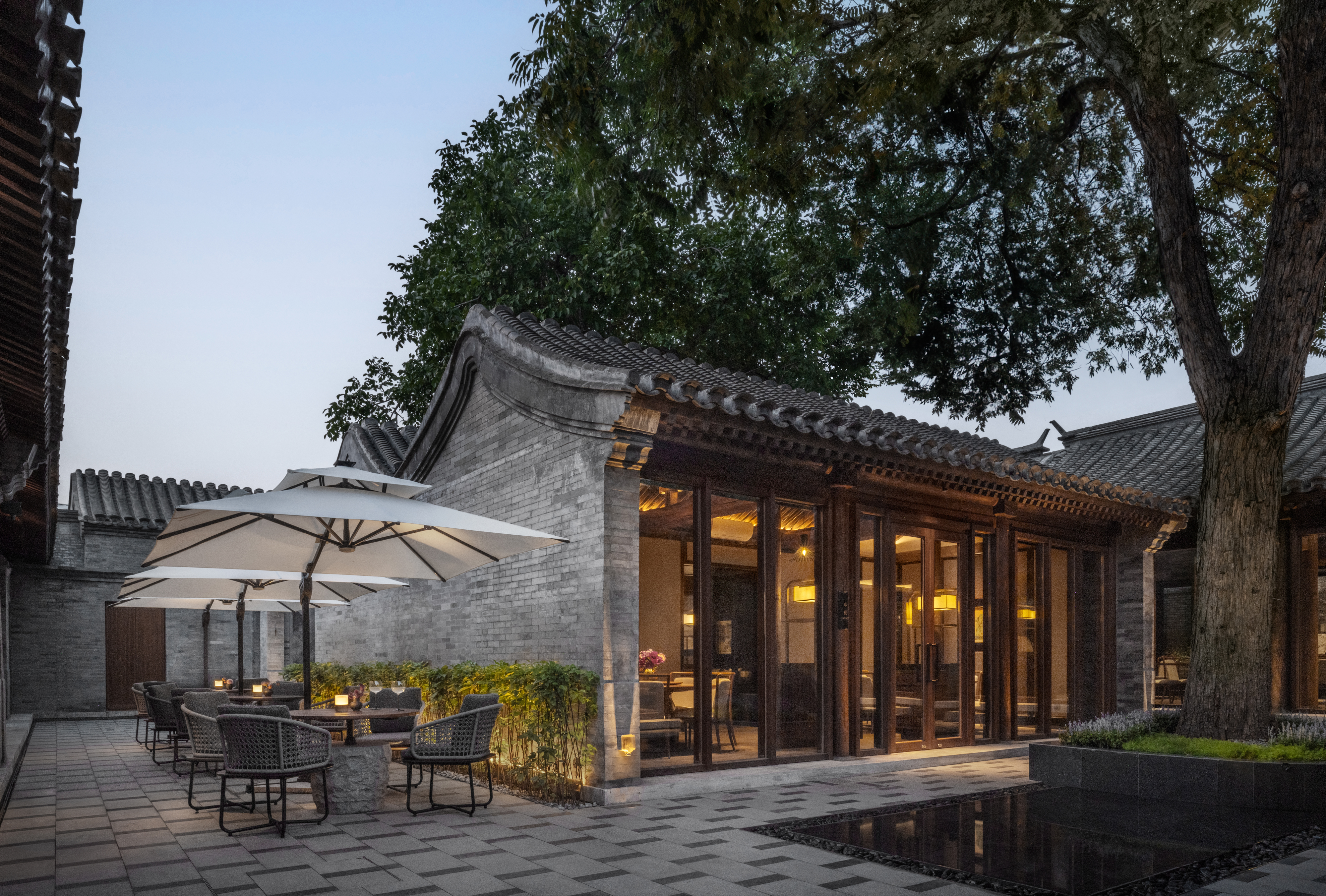
Mandarin Oriental Qianmen is located at No, 1 Caochang 10th Alley, Beijing, China, 100005, mandarinoriental.com
Born in Malaysia, raised and educated in Australia and based in Hong Kong, Kee Foong is a writer and editor for leading luxury, travel, food and lifestyle publications.
-
 Put these emerging artists on your radar
Put these emerging artists on your radarThis crop of six new talents is poised to shake up the art world. Get to know them now
By Tianna Williams
-
 Dining at Pyrá feels like a Mediterranean kiss on both cheeks
Dining at Pyrá feels like a Mediterranean kiss on both cheeksDesigned by House of Dré, this Lonsdale Road addition dishes up an enticing fusion of Greek and Spanish cooking
By Sofia de la Cruz
-
 Creased, crumpled: S/S 2025 menswear is about clothes that have ‘lived a life’
Creased, crumpled: S/S 2025 menswear is about clothes that have ‘lived a life’The S/S 2025 menswear collections see designers embrace the creased and the crumpled, conjuring a mood of laidback languor that ran through the season – captured here by photographer Steve Harnacke and stylist Nicola Neri for Wallpaper*
By Jack Moss
-
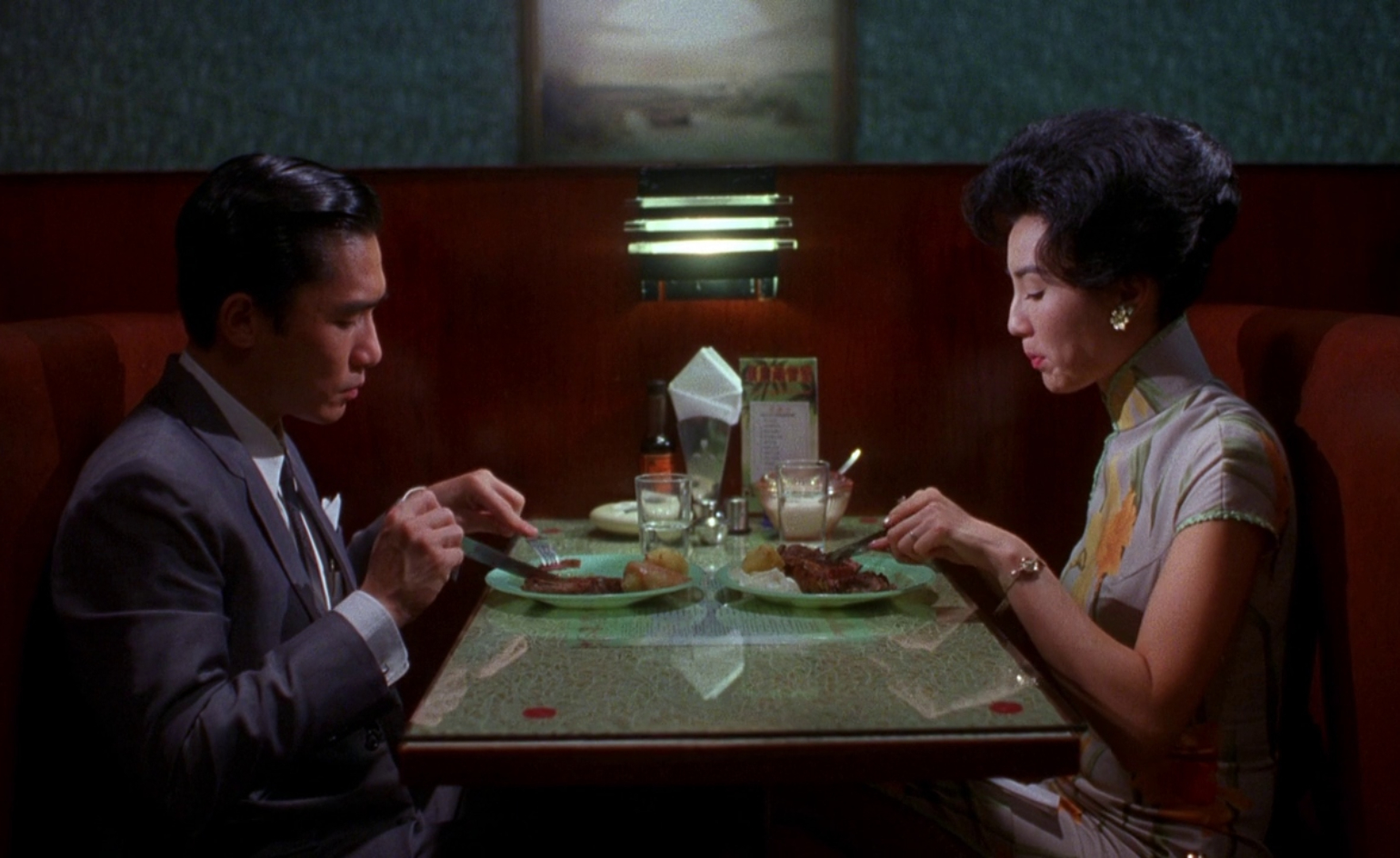 Prada and Wong Kar-wai dream up a cinematic restaurant in Shanghai
Prada and Wong Kar-wai dream up a cinematic restaurant in ShanghaiPrada partners with Wong Kar-wai to bring Mi Shang Rong Zhai to life, a dining experience influenced by the arthouse director’s seminal oeuvre
By Sofia de la Cruz
-
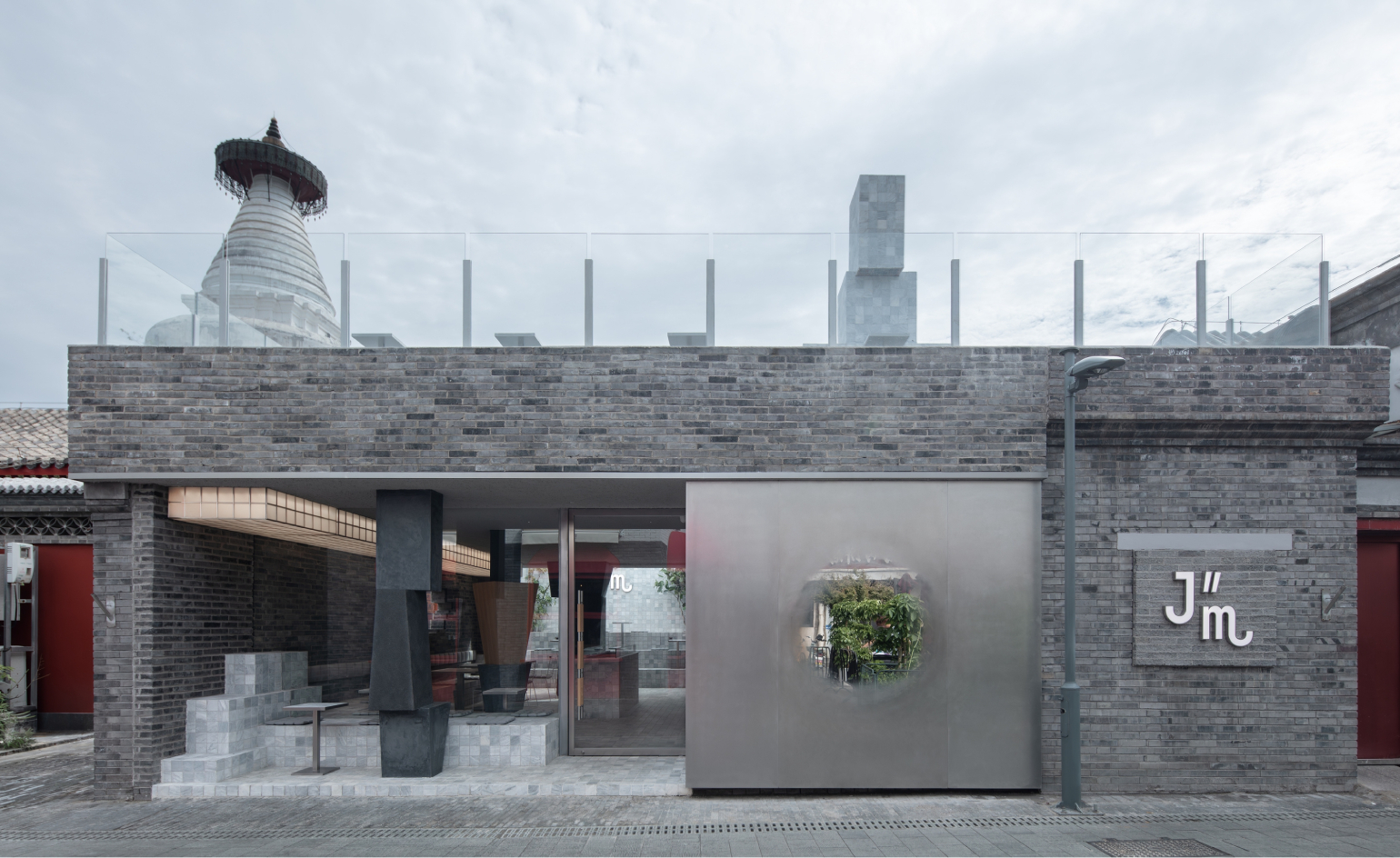 Enjoy heritage views and contemporary brews at a new Beijing café
Enjoy heritage views and contemporary brews at a new Beijing caféJM Café, White Pagoda Temple by B.L.U.E. Architecture Studio nods to the history of the Xicheng District while injecting a shot of vitality
By Sofia de la Cruz
-
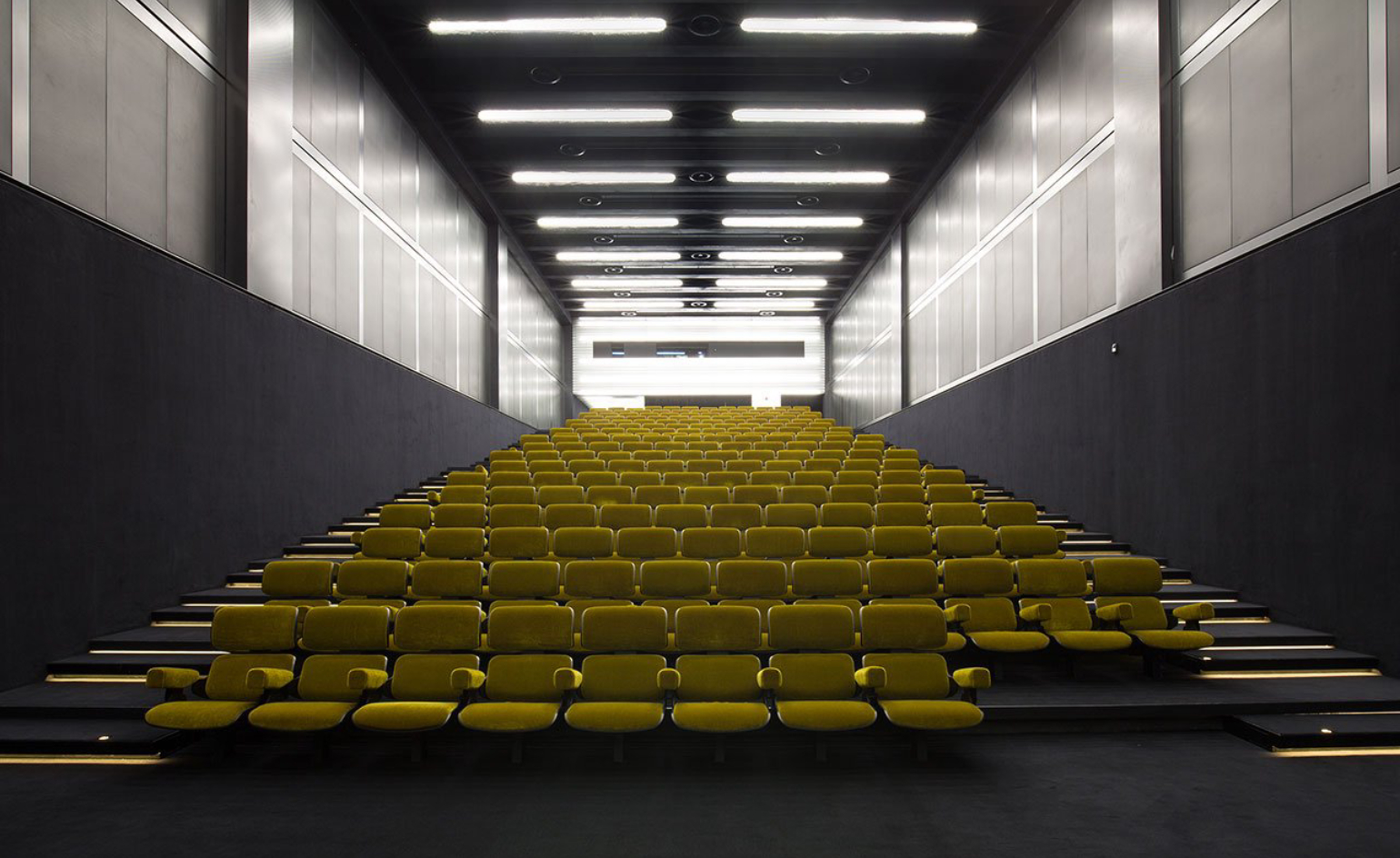 Must-visit cinemas with award-worthy design
Must-visit cinemas with award-worthy designThere’s more magic to the movies at these design-led cinemas, from Busan Cinema Centre’s ‘flying’ roof to The Gem Cinema Jaipur’s art deco allure
By Sofia de la Cruz
-
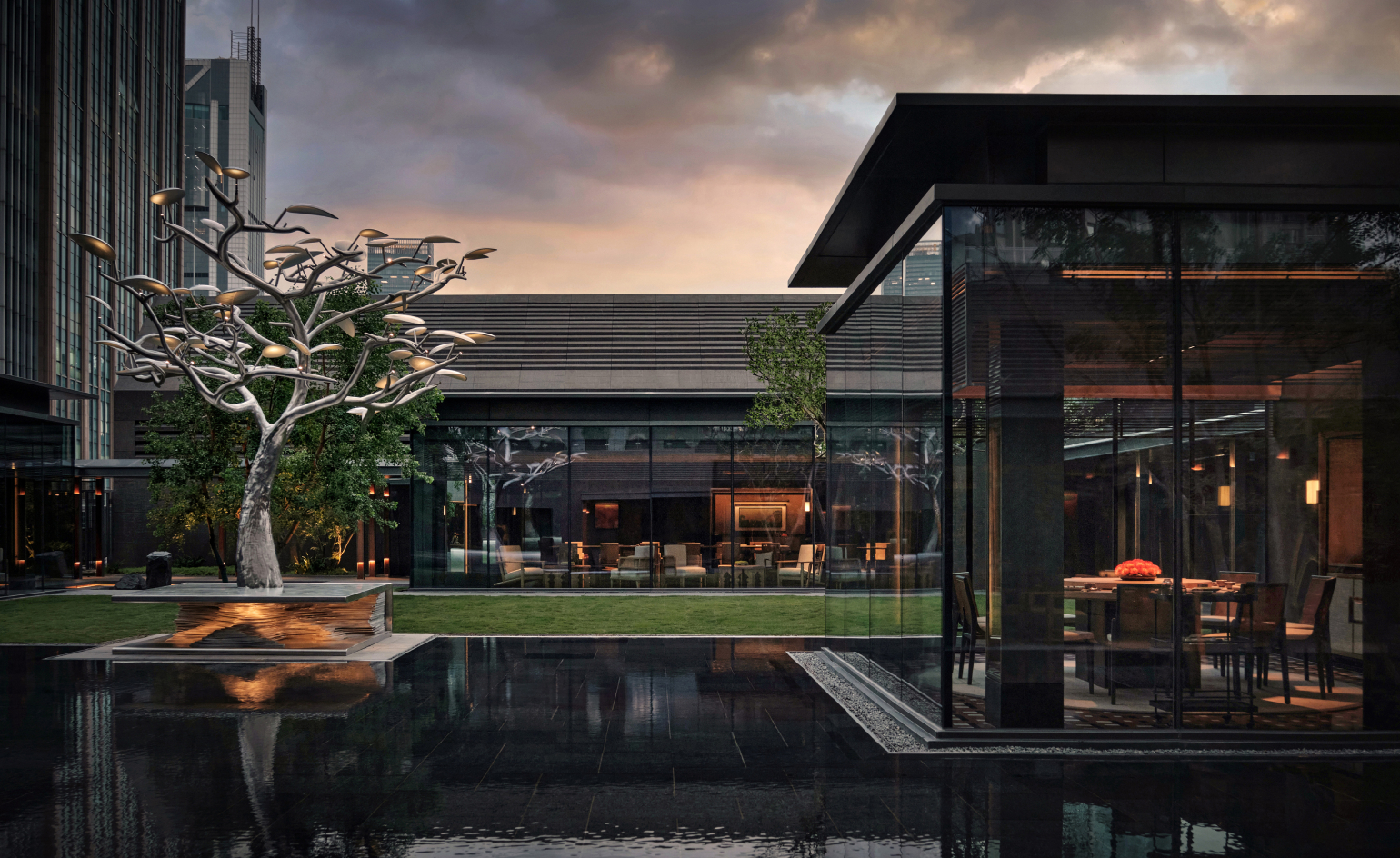 China’s Alila Shanghai hotel is a stylish hub of idle tranquillity
China’s Alila Shanghai hotel is a stylish hub of idle tranquillityAlila Shanghai, the brand's first urban resort in Greater China, is a serene bolthole amidst the pulse of the Jing'an district
By Daven Wu
-
 2025 getaways: where Wallpaper* editors will be travelling to this year
2025 getaways: where Wallpaper* editors will be travelling to this yearFrom the Japanese art islands of Naoshima and Teshima to the Malaysian tropical paradise of Langkawi, here’s where Wallpaper* editors plan to travel to in 2025
By Sofia de la Cruz
-
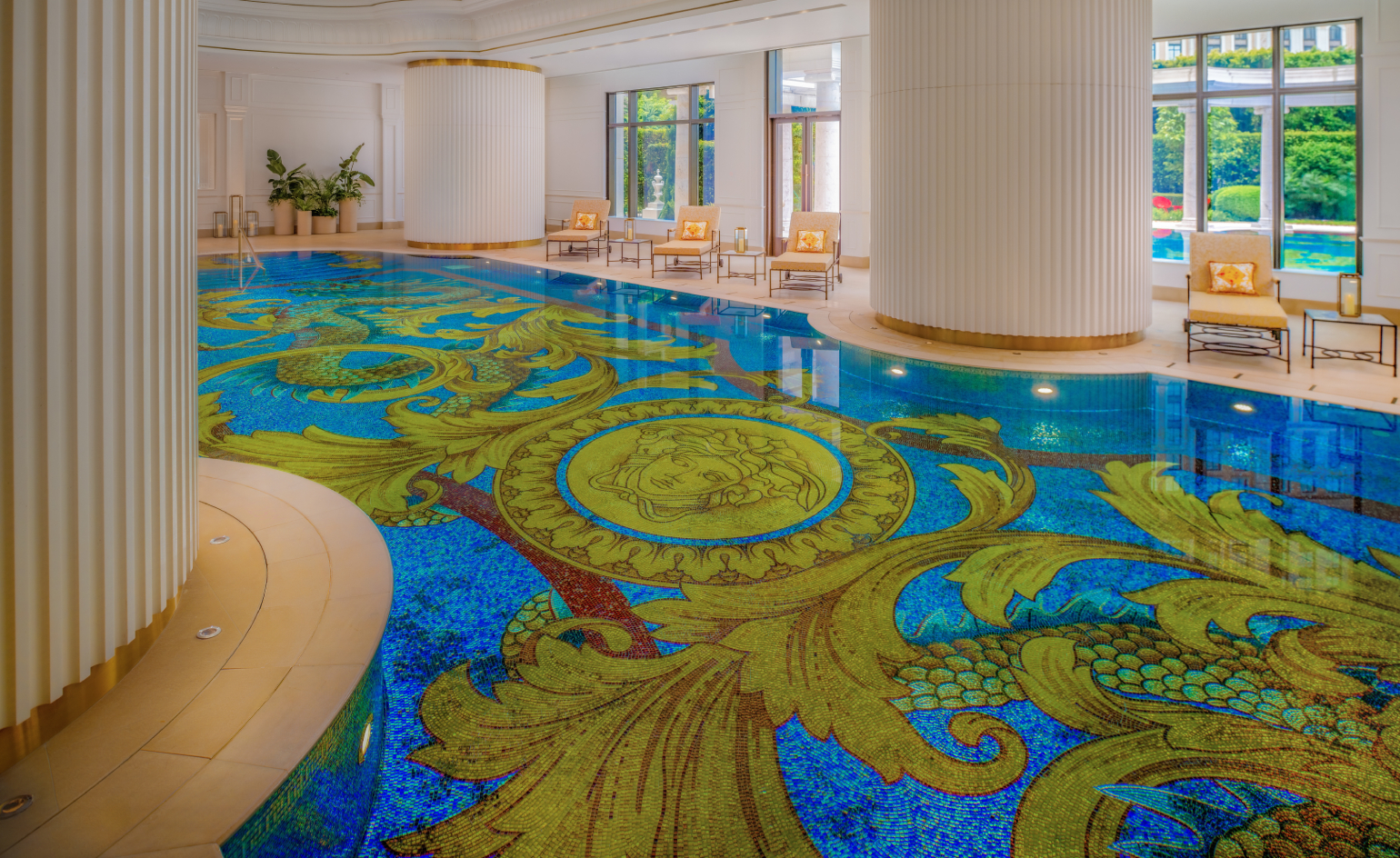 Inside Palazzo Versace Macau, a lavish, mosaic-rich hotel
Inside Palazzo Versace Macau, a lavish, mosaic-rich hotelPalazzo Versace Macau, the brand’s first hotel in Asia, continues to preserve Donatella Versace’s swanky hospitality vision
By Sofia de la Cruz
-
 Wander Hotel in Beijing is an ideal escape for serene moments of introspection
Wander Hotel in Beijing is an ideal escape for serene moments of introspectionRenovated by Fon Studio, Wander Hotel adds organic symmetry to the adjacent Great Wall of China
By Tianna Williams
-
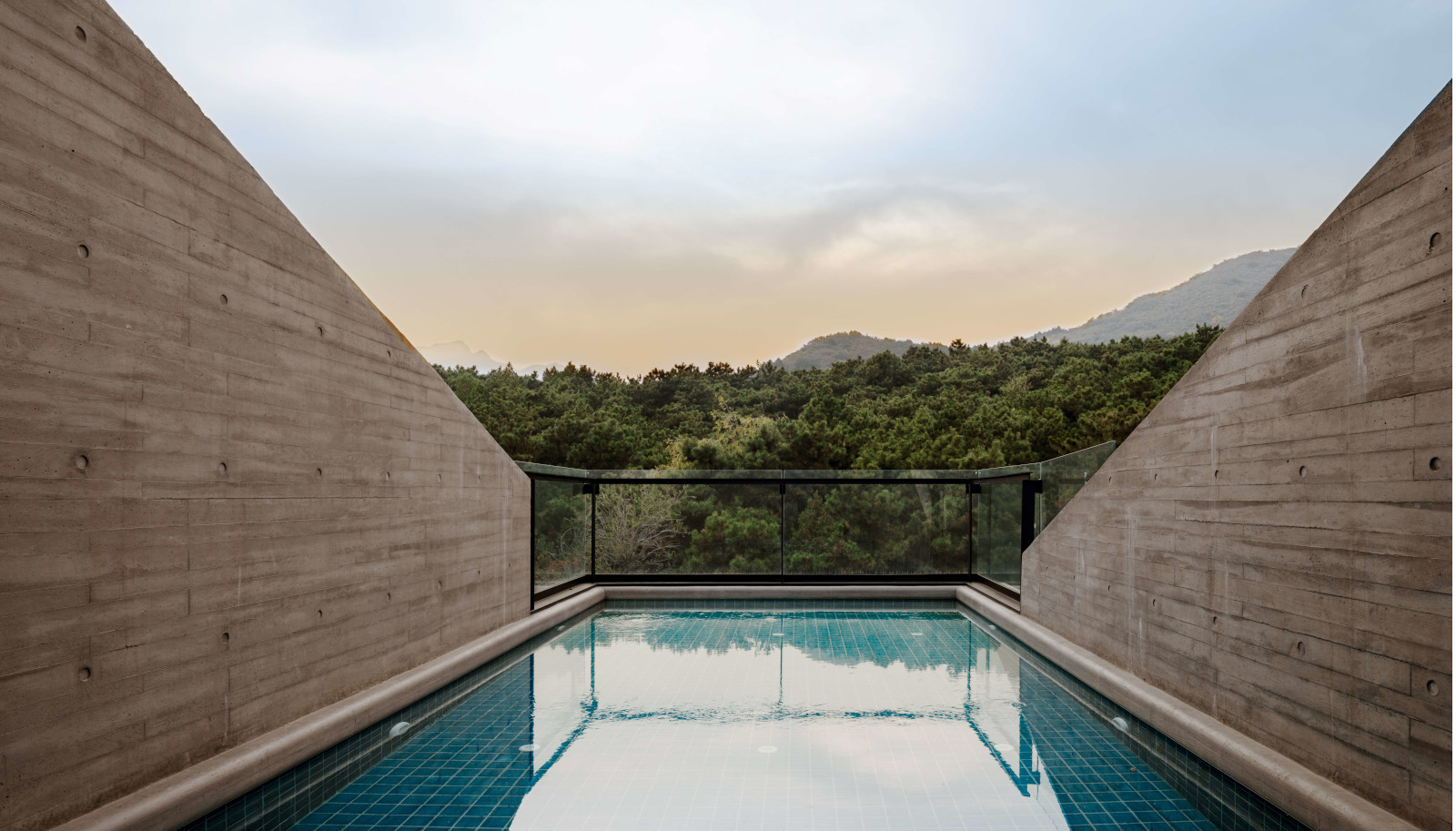 'Retreat and recharge' in Yanbai Villa on a secluded Beijing shoreline
'Retreat and recharge' in Yanbai Villa on a secluded Beijing shorelineYanbai Villa wraps guests in quiet luxury, opening its doors on a secluded Beijing shoreline
By Daven Wu